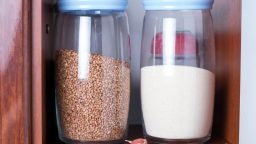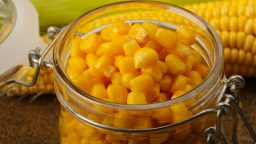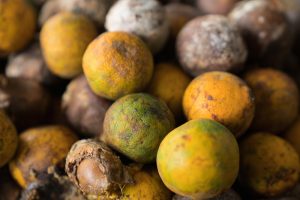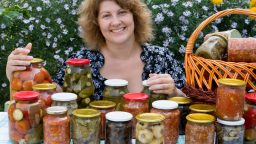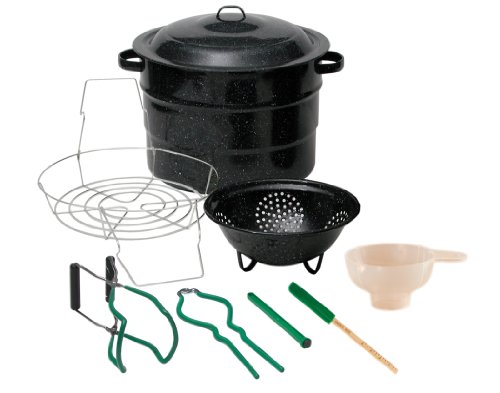Long term food storage is a good idea in many, many circumstances. There are several basic food types that you should consider stocking up on that will last for years if needed.
Beans
Dried beans of every variety are super cheap and even easier to store. Store them in a dark, dry and cool place for best results.
Coffee and Tea
Most of us consider ourselves in an emergency situation if we run out of coffee. So, try to imagine going through an actual emergency without it…OH…THE HORROR!!!
Just make sure you keep it in the right forms so it can last the longest. Whole bean coffee stored in an air-tight container will last the longest. This means you will also want to invest in a manual coffee grinder, in case the power goes out. Of course, if all else fails, stick the beans you want to grind into a paper or plastic bag and start hammering.
Tea is usually sold in sealed containers, so they store nicely until opened. Then keep them in a cool, dark and dry place to avoid them becoming stale before you have the chance to brew them up.
Fats
The human body requires a certain level of fat intake to function properly. We also use it to cook and bake, making it a staple of any person’s pantry.
Butter, lard, olive oil, coconut oil and more can be stored for extended periods of time. Butter can also be frozen if you have some in surplus.
Additionally, coconut oil can also be used as a moisturizer and for a whole bunch of other functions including:
- Body Moisturizer
- Cuticle Softener
- Face and Eye night cream
- Facial Cleanser
- Hair Conditioner
- Lice Treatments
- Shaving Cream
- And soooooo much more.
Store your all your non-animal fat sources at room temperature and away from heat and excessive light. Butter can also be stored at room temperature for easy spreading.
Honey
Honey never goes bad and is one of nature’s miracle foods. Store honey out of direct sunlight. Sometimes older honey may crystallize or harden. If this happens, you just need to place the container its stored in, into hot water until it “melts” back into its thick syrup-like consistency.
Oatmeal
Oatmeal is inexpensive and can be used a number of ways including ground up to use as a flour substitute. Just keep it in a dry place.
Rice
When it comes to really long-term storage, white rice is the best option. While not as nutritionally packed as brown rice, it contains less oil so it won’t become rancid. Rice is a good item to have to make meals stretch a little further and then when paired with other foods, can add a variety of flavor and texture to your meal planning. Keep rice in an airtight container for freshness and to keep out the bugs.
Suggested Article: 5 Simple Methods to Preserve Food
Salt
Salt can be used as a seasoning and a way to preserve food. It’s also difficult to come by if the stores run out and it can’t exactly be grown in your garden. To keep salt safely stored and prevent its clumping together into one giant mass, store it in a sealed container, in a dry area.
Sugar
Essential for canning and baking, sugar is another one of those products that is hard to get if the stores run out. Make sure it is stored in an airtight container to keep out pests, and placed in a cool, dry place.
Wheat Berries
Contrary to many other long-term storage food lists, flour isn’t the most idea. While it can last for many months or even a year if stored perfectly, it can go rancid before you use it all, plus it can attract pests.
Alternatively, wheat berries and other types of grain can be stored for several years. Then, you can either grind them into flour or soak them to use as hot cereal. Two types to consider are hard white wheat and spelt. They should be stored in a cool, dry location.
